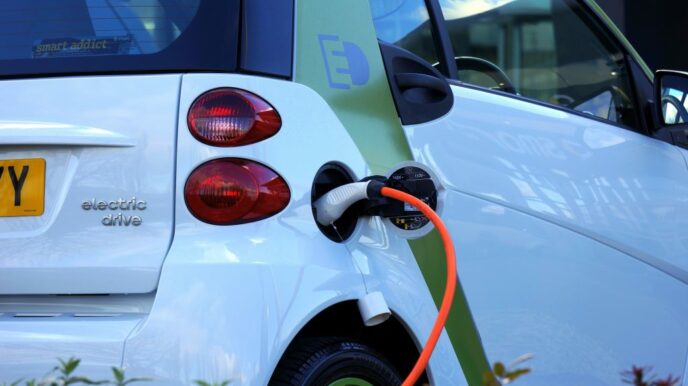
Monash University’s Climateworks Centre new modelling shows that Australia can bolster transport decarbonisation by expanding its approach to include a suite of solutions, calling for a shift in the way governments plan and fund transport in the face of modest EV uptake.
“Developing a credible plan to reduce transport emissions requires a shift in the way governments at all levels plan and fund transport – putting emissions reductions at the heart,” says Climateworks Transport Program lead Helen Rowe.
The Climateworks modelling, presented in its latest report Decarbonising Australia’s transport sector: Diverse solutions for a credible emissions reduction plan, examines what a credible plan to decarbonise Australia’s transport sector could look like, going beyond EVs and giving the country more options to successfully turn the wheel on its third-largest and fastest-growing emissions source.
”The goal is to reduce transport emissions, move people and goods efficiently and create a sector that is resilient to the challenges ahead – this requires Australia to expand its focus beyond EVs,,” says Rowe.
“As transport emissions continue to ramp-up, now is the time to be diversifying solutions, rather than placing our eggs in the one basket. This includes incorporating ‘mode shift’ – shifting the way we move people and goods to more sustainable modes – and reducing some unnecessary trips, for example through making freight deliveries more efficient.
“Just like in the energy sector, where the nation is backing a whole suite of clean energy solutions, Australia can do the same with transport, by ramping up EV uptake while also supporting things like public and active transport, zero-emissions trucks and shifting more freight by rail.”
Investing in and implementing a diverse range of solutions can also increase transport choice, reduce congestion, and make travel more efficient and convenient, says Rowe. “If the nation purely focuses on replacing every car and truck on the road with a zero-emissions option, it is going to get stuck with the same congestion issues,” she says.
“Traffic is still traffic, no matter the vehicle you are in.”
Report lead author Lily Rau says that taking a technology-only approach, focused primarily on EVs, carries risk as it is susceptible to real-world challenges, including barriers to supply and technology development.
“Without a more diversified approach, Australia’s transport sector could miss the window of opportunity to stay aligned with the 1.5 degree Celsius goal of the Paris Agreement.
“The good news is that decarbonising transport and improving the transport system overall can go hand-in-hand. Solutions that move people and goods more efficiently also cut emissions.”
Climateworks senior transport project manager Rau says the government is developing six national sector plans: Transport and infrastructure, Electricity and energy, Industry, Resources, Built environment and Agriculture and land.
The government is seeking submissions to inform the Transport and infrastructure sector plan.
Based on the modelling, Climateworks recommends the Australian government mplement a portfolio of solutions, beyond EVs, so there is no single point of failure; take every opportunity to increase zero-emissions vehicle (EVs and hydrogen fuel cell vehicles) uptake from current levels; and consider additional benefits beyond just emissions reduction when assessing different approaches to decarbonise transport.
Click here for more Climateworks information.








